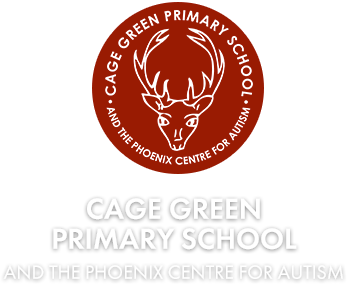How our art curriculum works
We have designed our art curriculum from scratch. We are very lucky to have an art expert on our staff who loves this stuff. She has taken our drivers, the needs of our children and the National Curriculum (which she has jazzed up a bit) and created us the most wonderful curriculum. Since this has been introduced, the feedback from teachers about how the quality of their art lessons has improved has been brilliant. Experienced teachers who have been teaching art for years say they are producing the best art lessons ever. Our monitoring reflects this so we are very proud of this curriculum!
Our art curriculum is especially brilliant, even if we do say so ourselves! We use art as a particularly effective vehicle for our More People, More Places, More Choices (for our Tomorrow) curriculum drivers by studying the work of a wide range of artists from many different cultures. Diversity is celebrated and we believe that our curriculum is even more ambitious than the National Curriculum in what it is trying to achieve because the level of skill, awareness of such a vast range of artists and the expectations are so high. Our key focus with our art curriculum is that it is the process that is important, not the end product. This is explained further below in the example of planning.
Children study the Great Artists and well as contemporary artists, developing their cultural capital in multiple ways. Focused appropriate challenge ensures that all children are able to achieve.
As with our other subjects, our curriculum building starts with the threshold concepts.

Here are our threshold concepts for art. We have key areas which guide us with progressions between phases, ensure we have robust assessment and continuity and aid us in ensuring a cohesive curriculum. This is explained further below when an example of Year One planning shows how we ensure progression between Reception and Year One.
Next, we formulate our vision for the subject and write our curriculum statement and drill down on our intent. Here is what our art document looks like.
Next come the Knowledge Category documents. These expand the key areas from the threshold concepts and provide us with a thorough overview of progression between year groups, allow teachers to make links between year groups' learning and get us that sticky knowledge!
Next comes the planning. Curriculum drivers, key vocabulary (we put a BIG emphasis on vocabulary), exciting and stimulating activities and constant opportunities for assessment are embedded in the planning. Children study A LOT of artists: the Great artists including the Masters and also contemporary artists are learned about.
Here is an example of a Year One art plan. Can you see our curriculum drivers (more people, more places, more choices for our tomorrow) embedded throughout? This unit of work focuses on sculpture but it includes a large number of other aspects of art and design such as drawing and using a range of media so so the children have the opportunity to develop their skills and knowledge in these areas as well. Our driver of More People is used through children studying the work of diverse artists. Children study Yayoi Kusana, a contemporary female Japanese sculptor. They learn about where she is from (More Places) as well as looking at her work. During this unit, children also look briefly at Henry Matisse, learning that he is from France (More Places) and developing their knowledge of the Great Artists.
Our Reception children also learn about Yayoi Kusana, to ensure repetition of appropriate objectives to create sticky knowledge, support us with progression and cohesion across Key Stages and develop depth of knowledge.
You can see from the way this unit is planned that we focus on the process rather than just the finished product. Children develop skills and knowledge, experiment with ideas and explore their own role as artists.
Curriculum Drivers are tracked throughout all the planning (as you can see from the example below). We don't 'shoehorn' links in where it would water down learning, but we make sure that the drivers drive our curriculum. In this unit, children look at the work of a third artist, Michelle Reader who is a white, contemporary female British artist. She uses recycled materials in her work and children emulate this to give us a vehicle for talking about Our Tomorrow.
art planning grid y1 spring.pdf
Next comes the children's work. Watch this space for samples of this!
Finally, comes the assessment.
We work on Lesson By Lesson
Term by Term
and Year By Year.
Lesson by Lesson
This means that teachers constantly assess as they teach. They ensure that all children have their needs met in the lesson by adapting tasks, questions, pace and expectation.
Term by Term
We do a brief assessment at the beginning of each unit. This usually involves a spider diagram with key questions or concepts that allows the teacher to gauge children's starting points. Children then complete the same spider diagram with the same prompts at the end of unit so that teachers can ensure that children make progress.
Year by Year. At the end of the academic year, we complete an assessment to ensure that children's learning has stuck across units throughout the year. Sticky learning is massively important to ensure that children are able to progress across year groups and phases. This assessment varies depending on the subject but is often an open ended task or a piece of problem solving. .
As we carry out more of our curriculum, we are also finding that we can assess across years and assess what has stuck from previous years, enabling us to go back and review and develop the previous year's learning.


